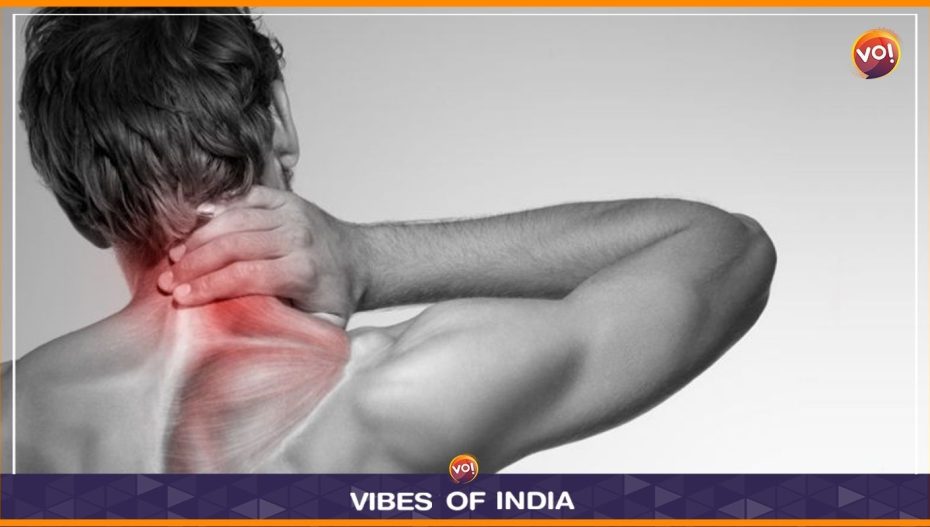Exposure to long hours in front of TV, mobile or computer screens, coupled with poor posture and inadequate ergonomics in the workplace has led to a rise in spine-related conditions in youngsters. People are falling prey to what is popularly known as ‘text-neck syndrome’, where the neck muscles become strained and stiff, causing long-term spinal complexities.
Studies show that poor posture is the primary cause of neck and back pain in young and mid-age individuals, leading to work loss, hospital visits, and treatment expenses. Over time, it damages spinal discs, causes muscle spasms, and may lead to chronic pain, disc degeneration, and even surgery in severe cases.
Doctors say poor posture has become the most common cause of back and neck pain. Nearly 70% of Out Patient Department (OPD) patients fall into this category. People read, work or use the phone in different unhealthy postures like lying on the sofa or couching on the bed. Such bending of the neck for prolonged hours damage the internal bone and tissue alignments in the long run. Poor screen etiquette is a leading contributor to neck and back pain. The damage is only noticeable after it is deep and irreversible by easy techniques.
Individuals between the ages of 25 and 45 are the most commonly affected by postural back pain. Recently, children aged 10-20 years too are experiencing postural spine pains. Within this age group, poor studying posture, excessive gadget use, and carrying heavy school bags can all be important causes of back pain. In this regard, it’s important to mention that back and neck pain is common among both men and women.
The leading factors behind bad posture are poor workplace ergonomics, which entail long hours of sitting without proper chair and desk height, putting significant stress on the lower back and neck. Chronic stress can be extremely detrimental to one’s spinal health. Neck, upper back, and shoulder muscles tend to tighten due to stress, which can lead to misalignment and poor posture.
Doctors say, prioritising good posture is not just about appearance; it’s about safeguarding your future health and mobility. Today’s youth must realise that early warning signs should alert them to be more cautious to prevent the serious physical and mental effects of spine-related problems in the long term.
The early warning signs for neck and back pain or developing chronic pain often come in the form of neck pains, with or without radiating pains in the arm, altered spinal alignment, lower back pain, and morning stiffness in the neck or lower back. However, with proper exercise and practice, these symptoms can be prevented.
Also Read: Congress Leader Chavda Demands Relief Packages For Surat Diamond Artists













